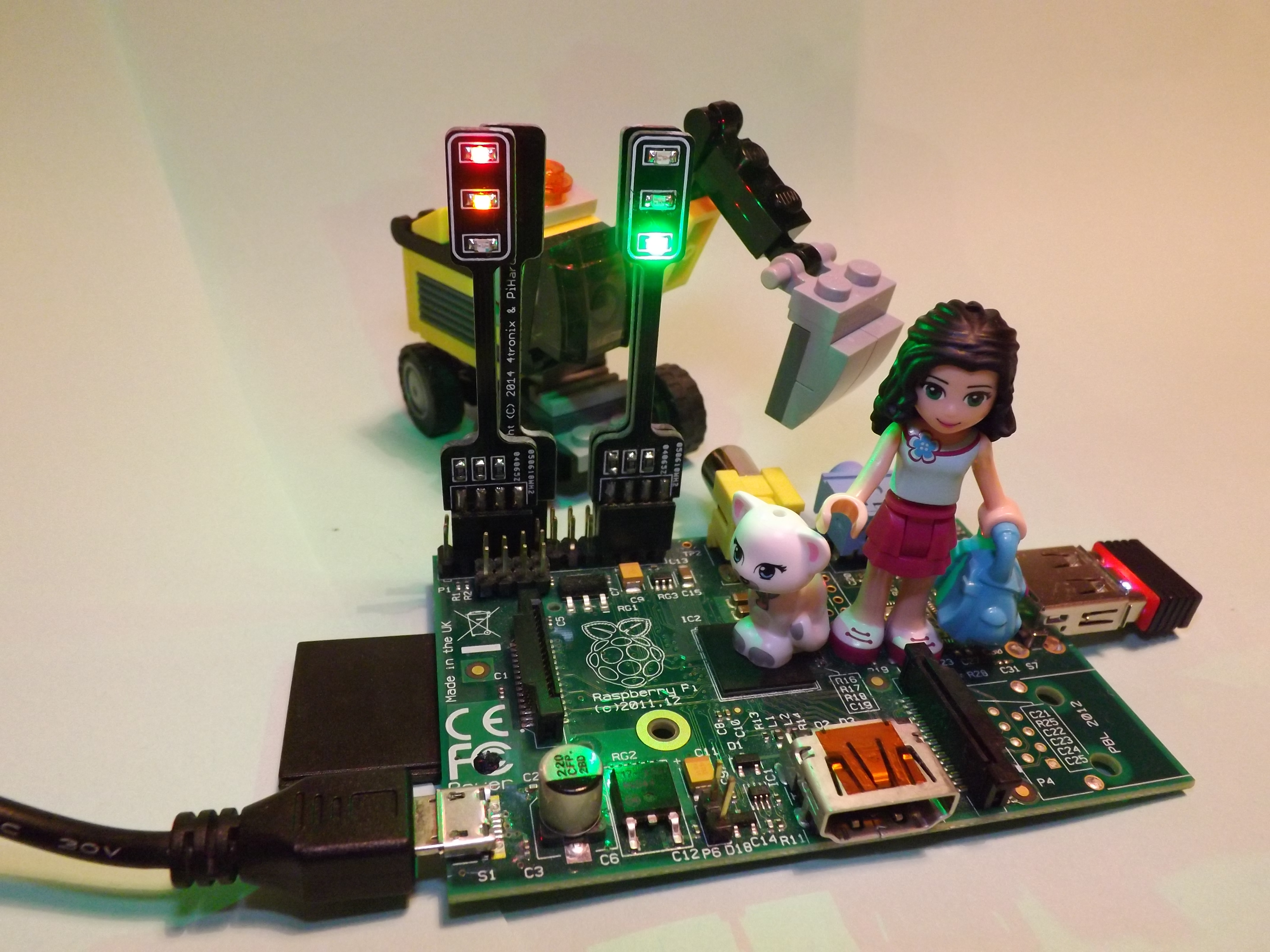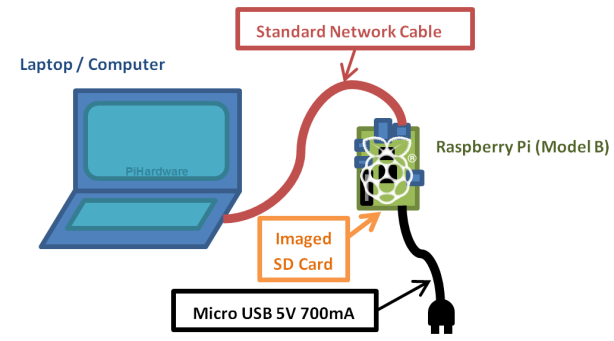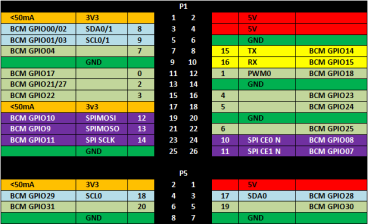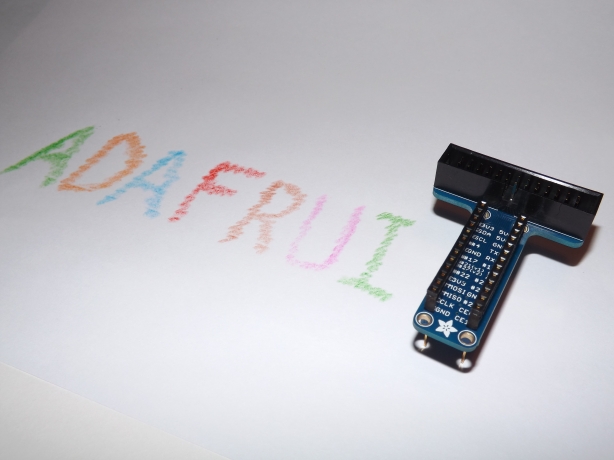I love hearing about how people are using the Pi-Stop to discover and learn, many thanks for sending me your stories of what you have got up to with them.
Remember you can now buy them directly from 4Tronix and also CPC Farnell.
I recently I was asked about using them with Python, well it was always my intention to produce a full Python workshop with the Pi-Stops, but I hadn’t quite got around to it. Although there is the Python Pirate workshop, which I ran back on 29th Nov 2014, it used a rather specific python module for to make the Pi-Stop function as a lighthouse signal (lighthouse.py).
I decided it was about time I created a more general python module for the Pi-Stop. So I have!
Check out the Pi-Stop Github for details and let me know how you get on with it (and feel free to add/request changes). I shall add additional comments to the file and some additional tips on how to use it, but it should make a good starting point.
Get the module here: pistop.py
Note: It will work with the Raspberry Pi 2 (as well as Model+ versions – in all 6 locations). But you will need the latest RPi.GPIO (version 0.5.11) for all the pins to work correctly.
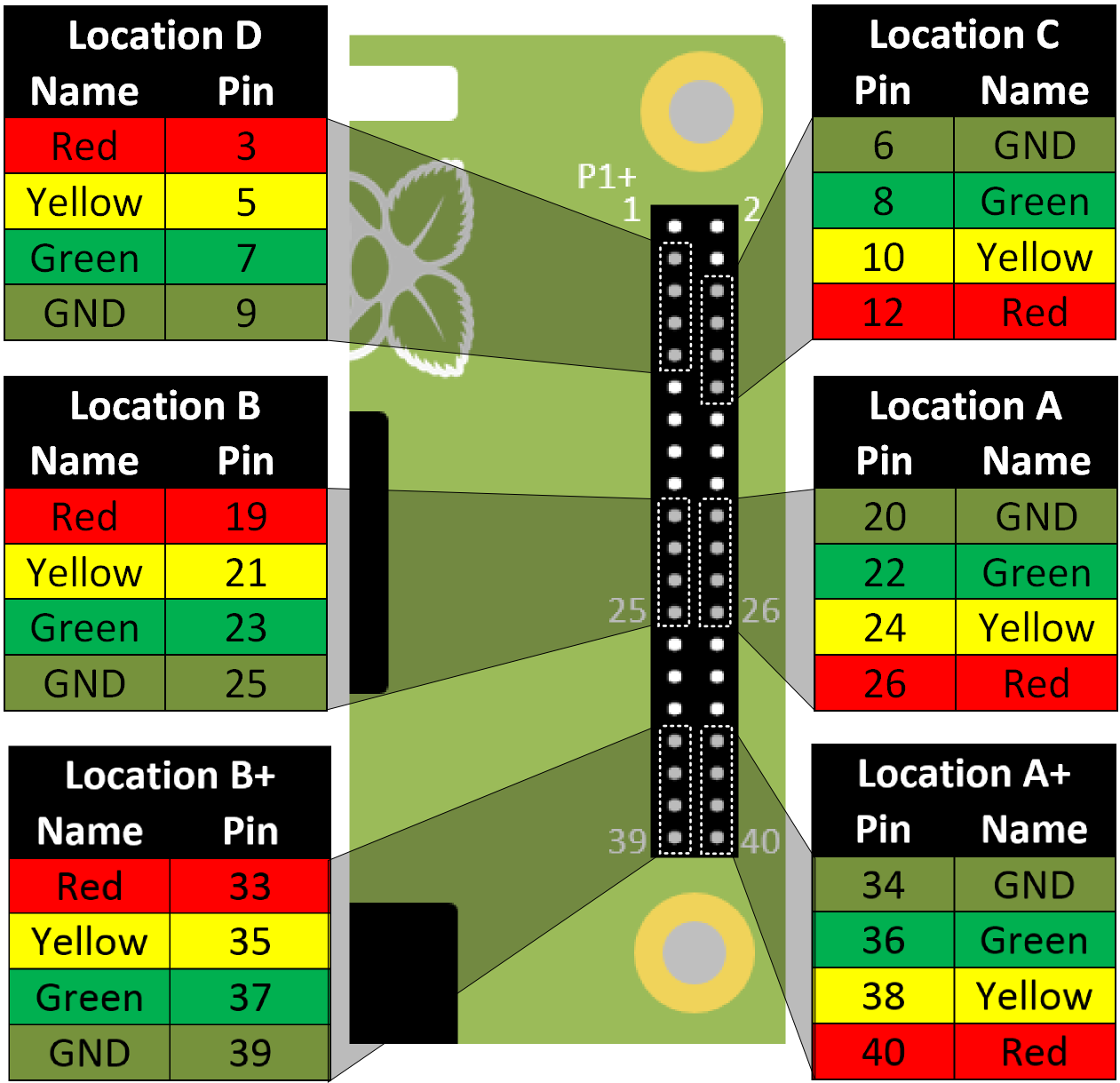
Using the new Raspberry Pi 2 (or Model A+/B+) you can run up to 6 Pi-Stops independently, directly off the GPIO header.
When I get chance I’ll start writing some workshops which make use of it, as well as one which explains how it is constructed.
Enjoy!


